Housebreaking Guidelines for Urban Puppies
by Jennifer Wheeler and Ovidiu Stoica
Last edited on December 16, 2024
Puppies need to go potty frequently and as soon as the urge hits. Through housebreaking, we teach them where they are allowed to go potty, and where they are not. There are three approaches to housebreaking.

Go Potty
Outside & Inside
The puppy learns where she can go potty, outside and inside.

Go Potty
Outside Only
The puppy is encouraged to only go potty outside.
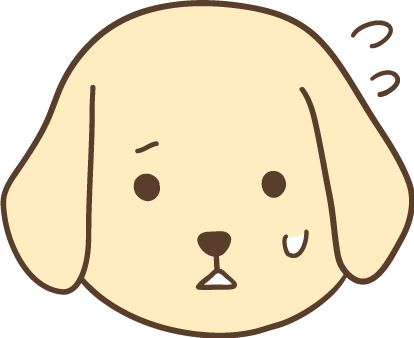
Go Potty
Inside Only
The puppy is taught where to go potty inside, but not at all outside.
For urban puppies, we recommend teaching them where they are allowed to go potty inside and outside, and gradually transitioning them to outside potty time only.
Preparing the Gear and Space
When you first bring your puppy home, at around 7 weeks old, you will need to have a space prepared for her where she can be safely left alone.
We recommend using a pen (or an enclosed area like a hallway) with enough space for a dog bed, for her food and water bowls, and for a wee-wee pad. Puppy-proof that area by removing the carpet, any loose wires or cables, all shoes, and any furniture with wooden legs.
Place enough wee-wee pads strategically around your home so that it is always easy for your pup to get to one when she has to go. Keep the location of the pads consistent so that, as your puppy learns to use them, she will also know where they are.
Be sure to have odor-eliminating cleaning supplies on hand. Throughout the housebreaking process, it is important to clean accidents immediately and thoroughly. If your pup smells pee on the floor it will remind her that maybe it was a good spot to pee, and she will do it again, quickly forming a habit. We strongly recommend temporarily removing all carpets from areas to which your puppy has access. They are much harder to properly clean.
The Big Picture
In summary, housebreaking looks like this:
- Feed your puppy on a regular schedule and learn her pooping patterns.
- Every time she starts to poop or pee, gently but quickly place her on the nearest wee-wee pad.
- As she gets better at going potty on the wee-wee pads, gradually start removing the least used ones, until you are left with just one.
- Meanwhile, walk her regularly, for as long and as many times per day as possible, especially around the times she’s most likely to go potty.
- Praise her generously every time she pees and poops outside during your walks.
- When she starts to mostly do her business outside, remove the last wee-wee pad.
Sounds easy, right? Well, it isn’t rocket science, but housebreaking does depend on dedication and vigilance, and the devil is often in the details.
The Nitty Gritty Details
In the beginning, assume your puppy doesn’t know anything about where to poop and pee. Assume that she is going to have accidents. Arm yourself with patience and, whenever she’s free to roam the house, watch her with 100% vigilance.
This is the time when your puppy is learning the rules of her new home. If she is allowed to pee on the floor (i.e. nobody stopped her from doing it), it can soon become a habit, and that will be much harder to break. Do you have to supervise her all of the time? Of course not, that is why you have set up a comfortable space for her to sleep, eat, drink, and go potty when you cannot supervise her.
Throughout all of this process, your puppy should be getting lots of walks and exercise outside. This is incredibly important for all sorts of reasons, but with respect to housebreaking, walks allow your puppy’s natural instinct to go potty outside to develop. It is also critical that some of your walks start happening on a regular schedule, and that they are timed in coordination with when your puppy usually needs to pee and poop. Gradually, patterns will form.
Step 1: Teaching your pup to use pee-pads
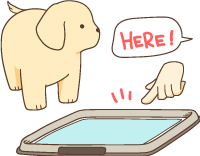
Place her on the pee-pads
At this stage of learning, do not communicate displeasure to your puppy for peeing or pooping on the floor. She doesn’t know the rules yet. She will learn them, but it is your job at this point to be calm, patient, and vigilant.
When she starts to go on the floor, immediately lift her up and place her on a pee-pad. Do this quickly and calmly. The goal is to be as un-intrusive as possible so that she is not startled. We don’t want the puppy to feel uncomfortable peeing in front of you as then she might start hiding from you when she needs to pee.
After you have calmly picked her up and moved her, she may finish on the wee-wee pad. This is wonderful, but it is not the time to offer praise.
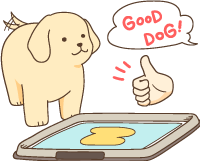
Reward Her Initiative
Offer verbal praise and treats when you see your puppy go potty in the proper place on her own, but not when you had to place her on the wee-wee pad.
Timing is critical. You cannot show excitement or offer praise while she is still peeing because she will either stop without finishing or start running to you and tinkle along the way. Be patient, and praise her as soon as she is finished.
It may seem obvious, but this also means that if you find pee on a wee-wee pad, but you didn’t see her do it, it is too late to reward her. Wait until the next time.
Step 2: Proofing and Refining
The next step in housebreaking is to begin eliminating wee-wee pads with the goal of getting down to just one. This process begins as soon as your puppy demonstrates that she has learned to use the pee-pads (she gets it right at least 75% of the time), and is showing signs of being able to hold it a little longer.
Begin gradually removing pee-pads (one every few days), and be strategic in your choice. If there is one pad she never uses, toss it. Leave those that she uses the most frequently. You should also stop rewarding her with treats for going on a wee-wee pad. Only use treats to reward her when she goes potty outside. The puppy should continue to receive verbal praise when she pees in the right spot, whether it’s inside or outside.
You can now begin to associate accidents with something slightly uncomfortable. By pairing this physical communication with a verbal communication, you are helping your puppy learn your language. With just a little bit of practice, your puppy will understand that your verbal expression (“eh!” for example), means you are displeased and the behavior is unacceptable. You will then be able to shift to only using your voice.
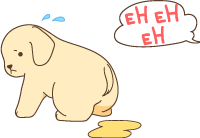
Verbal Communication
Express displeasure, with a slightly firmer voice, by making your unhappy sound.
That sound can be almost any word/sound, as long as it’s said with a firmer tone of voice, and you use it consistently. For example, you could be using “Phoey” or “Eh eh eh”.

Physical Communication
When your puppy starts peeing in the wrong spot, lift her up in a way that is a little bit uncomfortable, but not painful or scary.
For example, by applying a gentle pressure under her arms where you hold her, and tilting her slightly to one side as you carry her to the wee-wee pad.
By consistently associating something slightly unpleasant (your communication of displeasure) with the act of peeing in the wrong place, she will begin to prefer peeing outside or on the wee-wee pad every time.
Step 3: The Homestretch
You are almost there! Your puppy could be anywhere from about three to four months at this point. You have one wee-wee pad left in your house, probably by the front door, but most of the time your puppy is peeing and pooping outside. You have also established a feeding and walking schedule for your pup that is aligned with her need for peeing and pooping. She will be eating three times a day and have a minimum of 4 long walks per day. At some point, your puppy will almost entirely stop using the wee-wee pad because she prefers to go outside. When this happens, it is time to get rid of the wee-wee pad.
This is the last important step in housebreaking, and it requires renewed vigilance from you. Your puppy is going to experience a tricky transition: when you remove the last pee-pad, it will be the first time that there is no permissible place for your puppy to pee or poop when she is in the house. When the urge hits, she will have to make a choice to either hold it and wait to be taken outside or pee on the floor. It is absolutely critical that during the first few days after removing the last pee-pad you do not give your puppy the opportunity to have an accident unsupervised.
Watch with vigilance, and take her on frequent walks. If she is on a schedule and you haven’t moved too fast in the process, she will graduate to a housebroken puppy!
Setbacks and Problems

Sometimes puppies seem to be learning the rules, but after removing one or more wee-wee pads they have more accidents.
If this happens, it may mean that you moved a little bit too fast, and you will have to take one step back. You will reintroduce a wee-wee pad where your puppy is having accidents, make sure that your puppy is in her pen when unsupervised, and remember to supervise her with the same high level of vigilance when she is free in the house as when you started the process.
Also, be sure your pup is getting enough outdoor exercise. We often see dogs regress or have accidents when they aren’t. Remember how key this is to the training and overall well-being of your pup.
If your fully trained puppy starts having accidents, it could also be a sign of something more serious like physical illness. Urinary tract infections are a common culprit, but there are many, many types of physical problems, illnesses, foods, even medications that can make your dog have to urinate with more frequency, can make her less able to hold it, or that can cause diarrhea. Never hesitate to schedule a visit to your veterinarian if you notice a sudden change. In some cases, a simple change in diet can be the fix, in other cases, it is more serious.
The Takeaway
Be vigilant about placing your puppy on pee-pads when she pees inside, help your puppy develop her natural instinct to pee outside, and work on establishing patterns for eating, drinking, and going for walks. Once your puppy knows how to use wee wee-pads and go outside, you are well on your way to getting rid of the pen altogether. However, she must be able to safely have free reign in your home without supervision, and this means knowing all the house rules.
Stay tuned for our upcoming articles on puppy chewing and training and watch our Puppy Housetraining video:
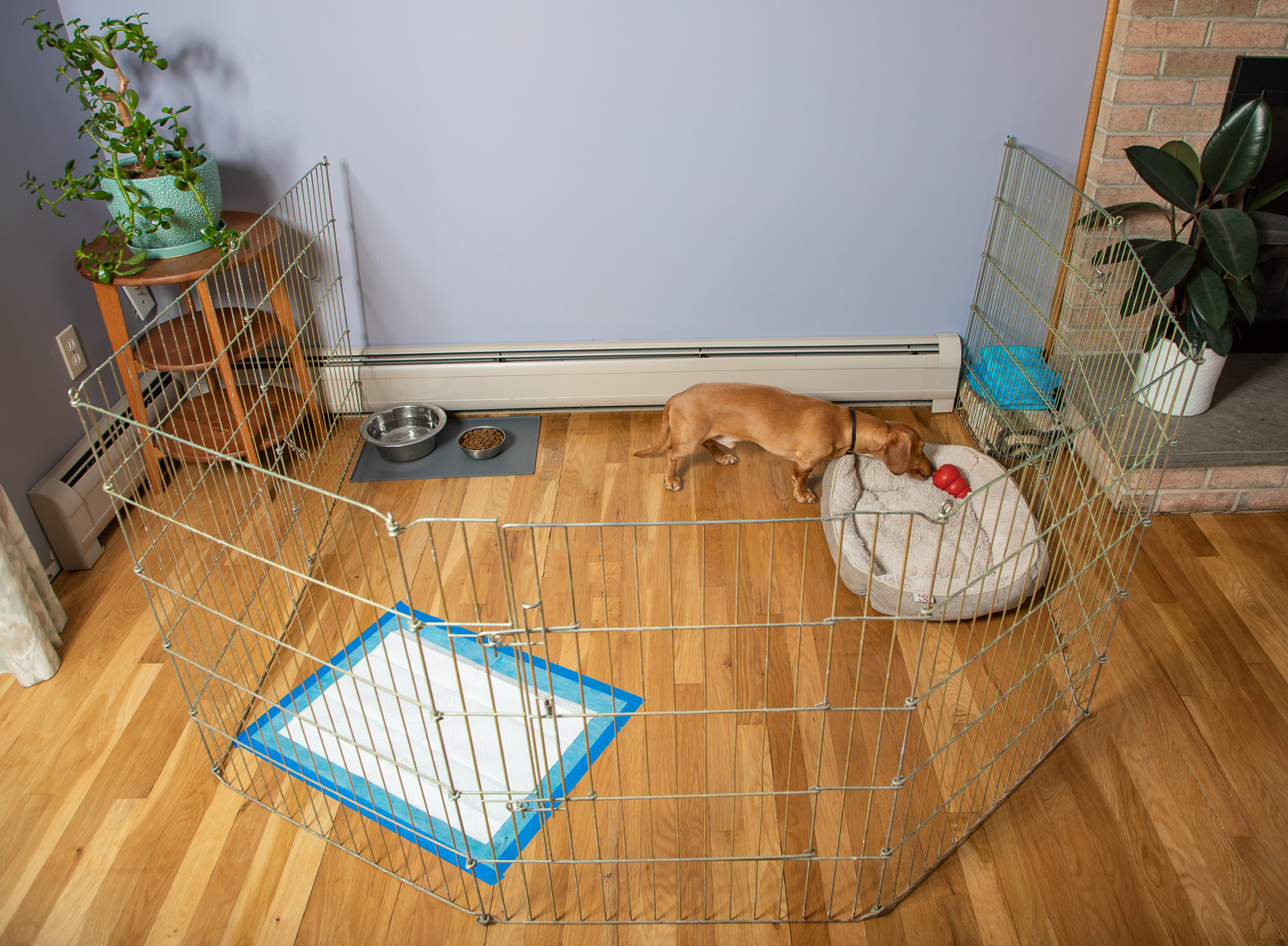
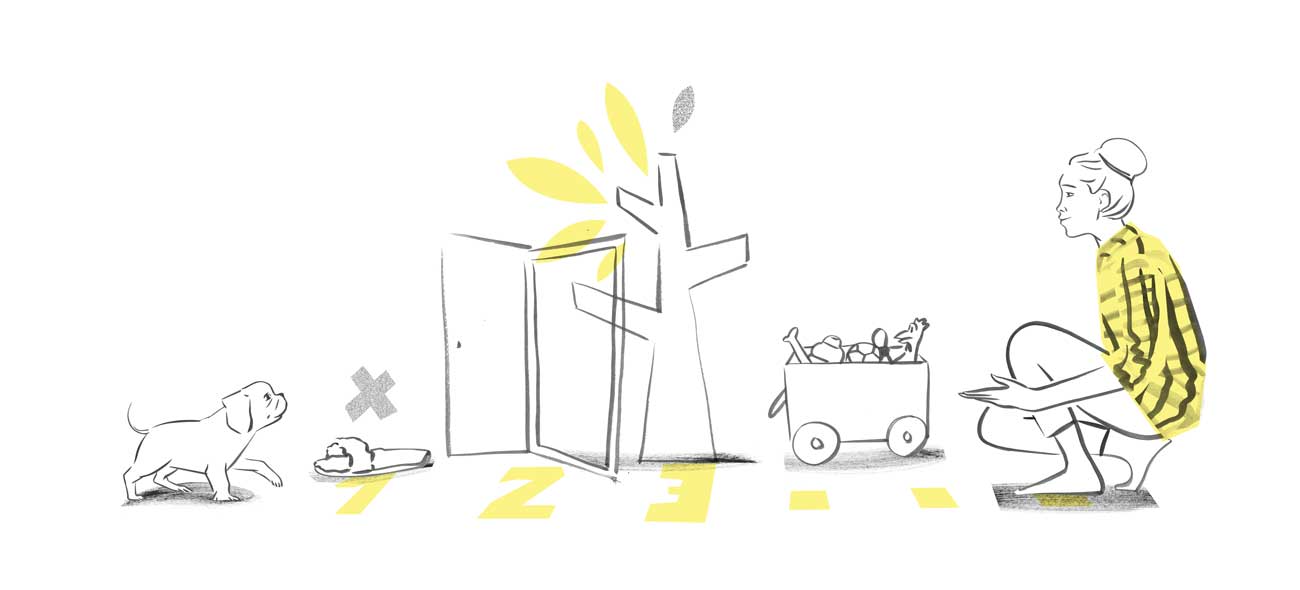
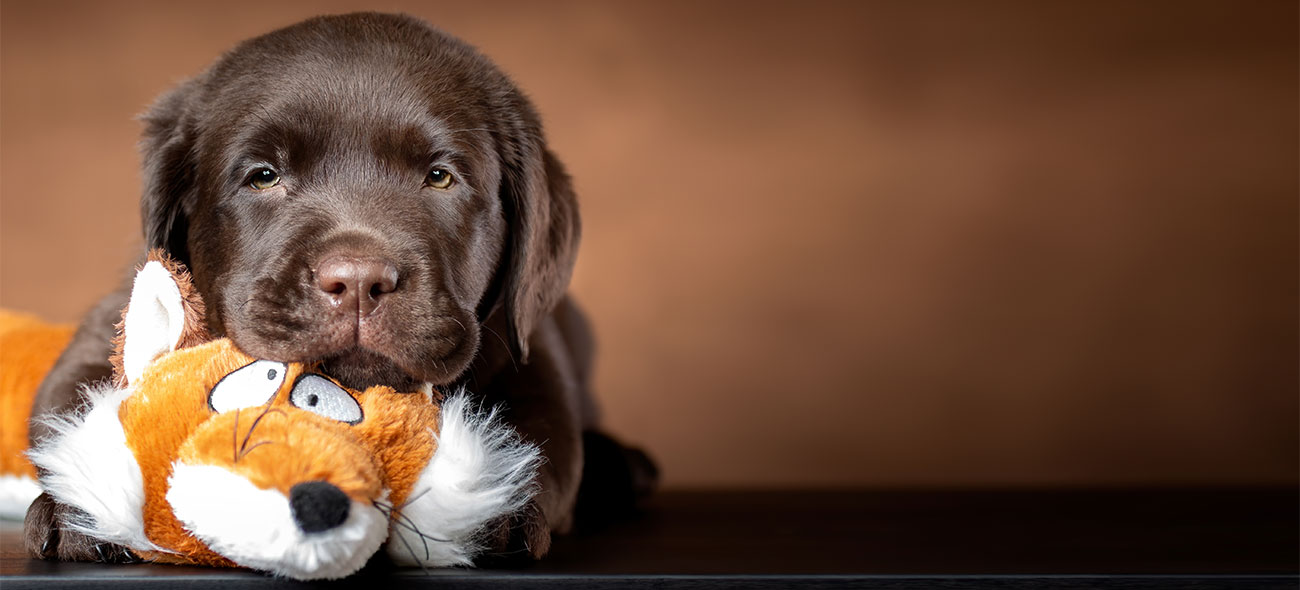
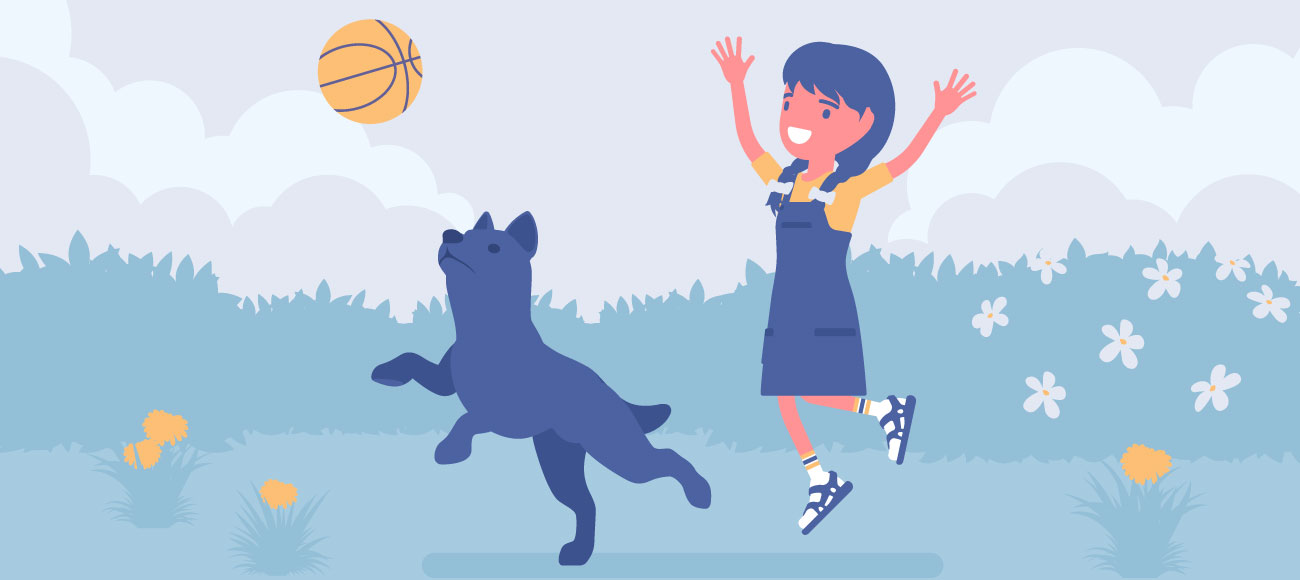
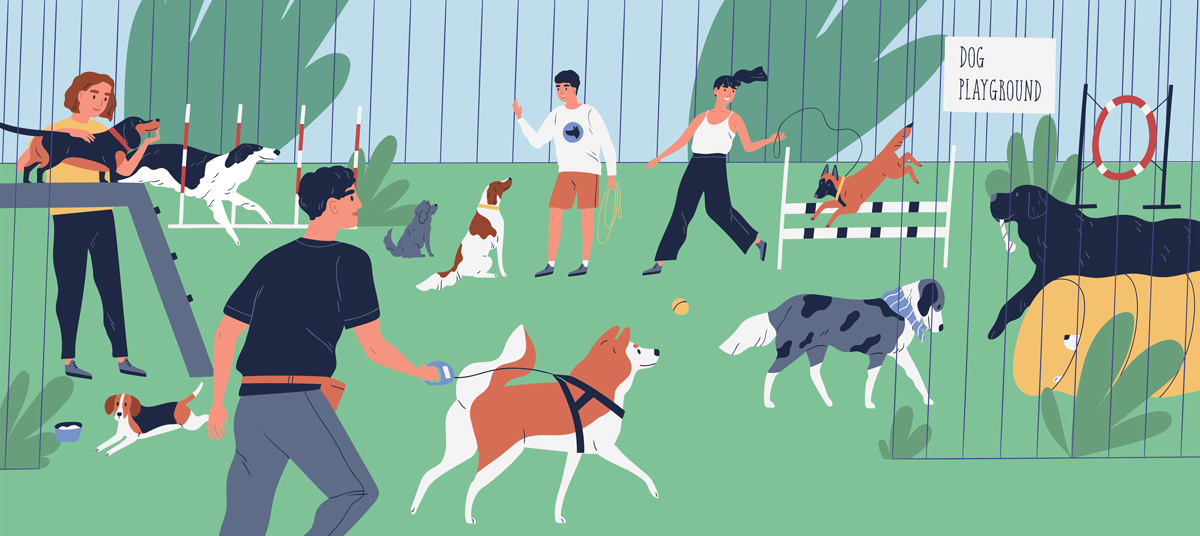
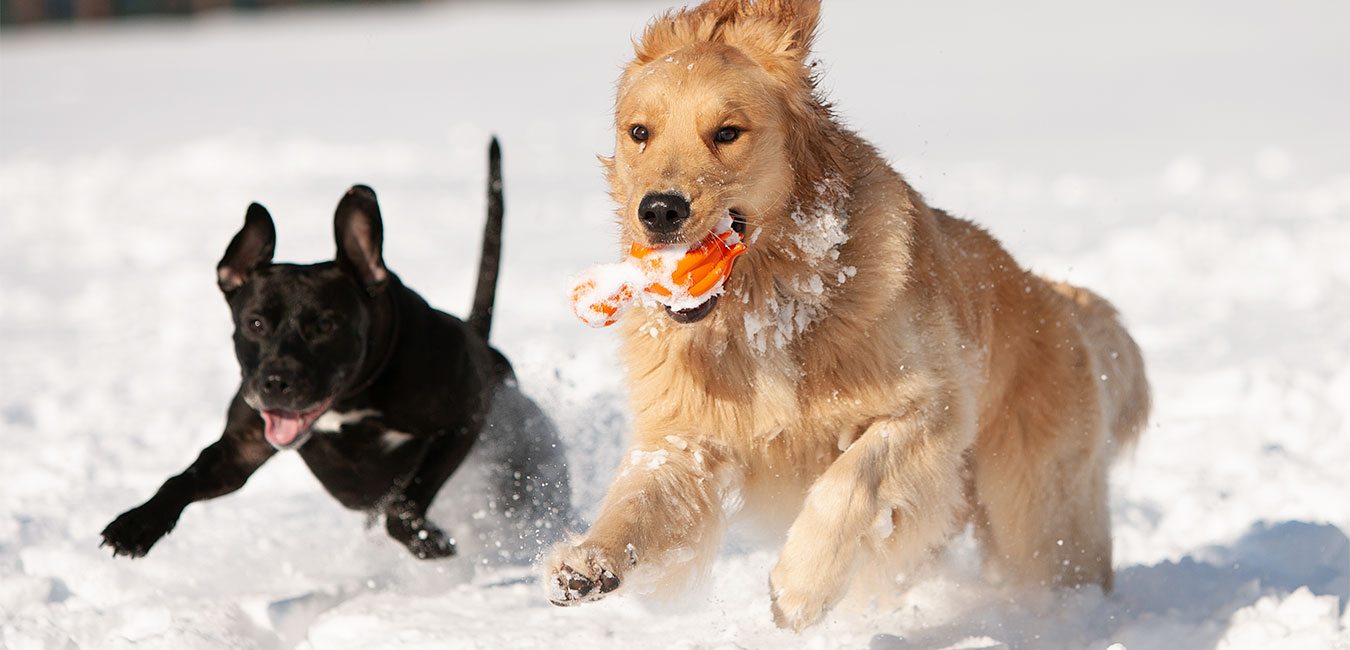
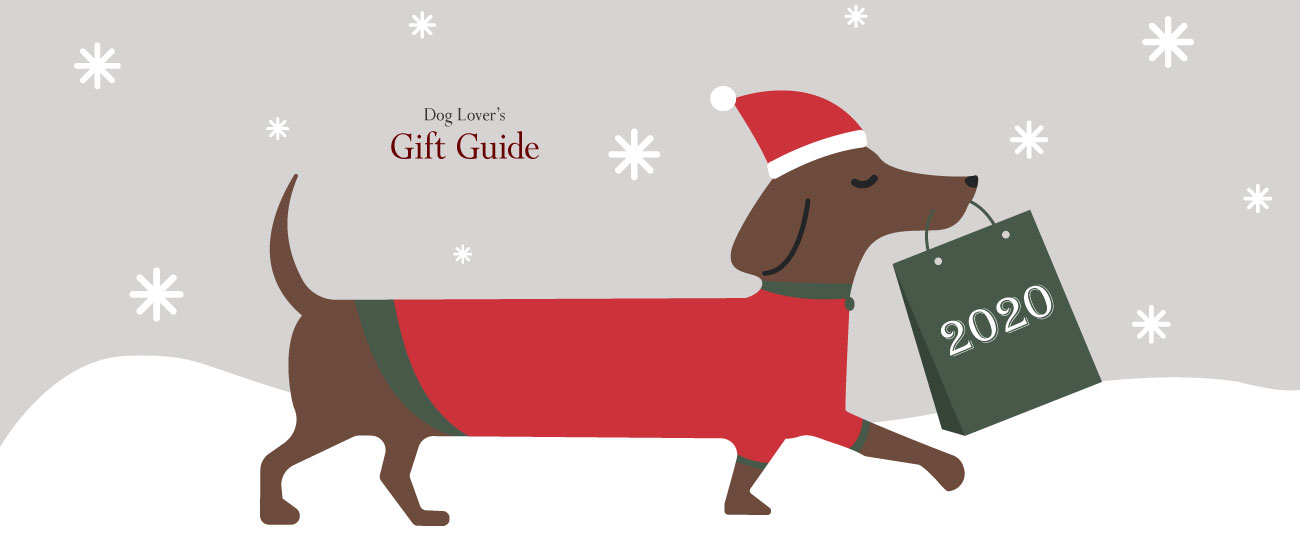
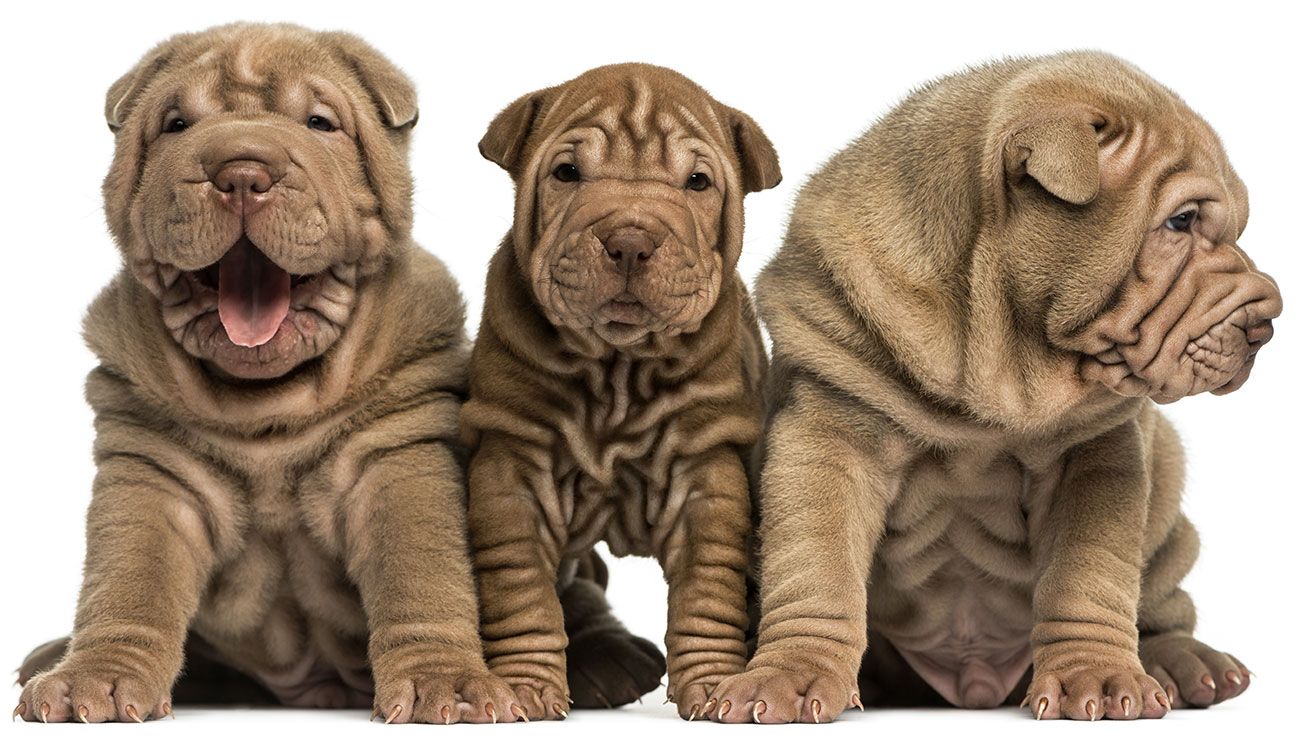
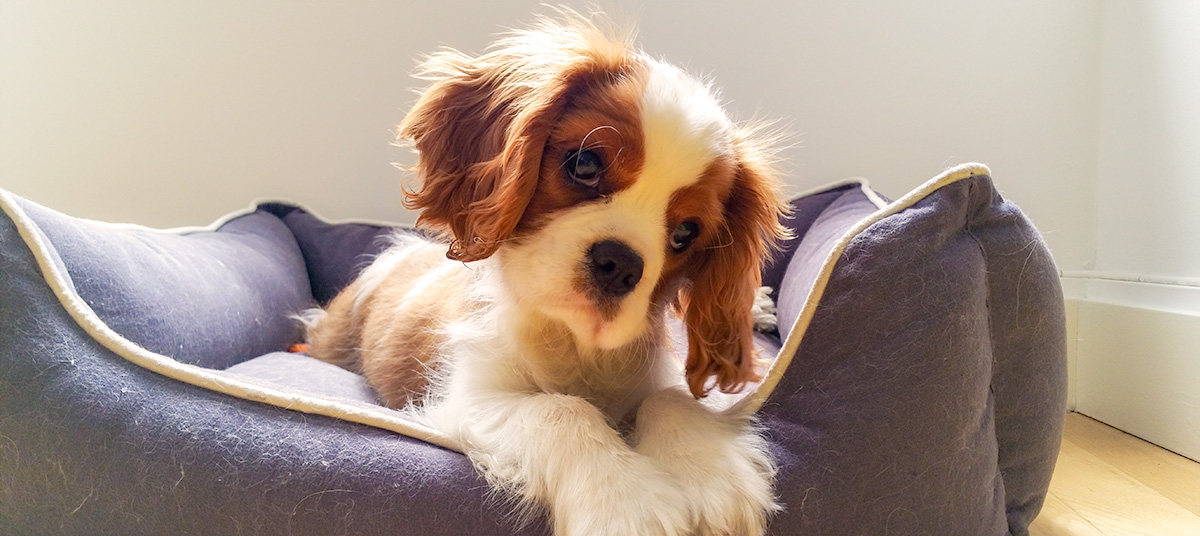

Puppy pads are very necessary to train a puppy to pee. small puppies can’t hold their pee so from the beginning they need to be trained. I didn’t know that before. Recently I have bought a pad and that worked very well. I’m a Puppy Lover, I was so worried about my little puppies and how to train them. This pad really worked for me.
Thank you for the tips, and thank you, Nick, for the tip on having a puppy pad! We’ve been training our puppy and it seems to be getting a little better! Once she has it under control, we’ll be getting our floors refinished to undo all the damage she’s caused over the last month! Thank you for sharing this, it helps a lot!
Thank you so much for sharing these tips with us. This will be very helpful for me. I will follow these rules while training them for modeling.